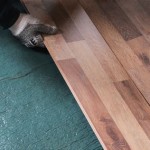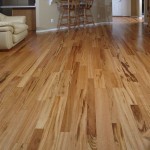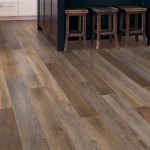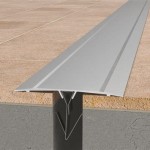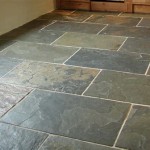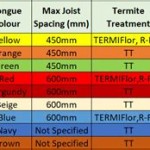How to Remove Old Adhesive From Concrete Floor
Removing old adhesive from a concrete floor can be a challenging task, but it is essential to do if you want to prepare the floor for a new finish or coating. There are a few different methods that you can use to remove old adhesive, and the best method for you will depend on the type of adhesive that was used and the condition of the floor.
In this article, we will discuss the following methods for removing old adhesive from concrete floor:
- Mechanical removal
- Chemical removal
- Thermal removal
Mechanical Removal
Mechanical removal is the most common method for removing old adhesive from concrete floor. This method involves using a scraper, chisel, or other tool to scrape the adhesive off the floor. Mechanical removal can be time-consuming and labor-intensive, but it is the most effective method for removing large areas of adhesive.
Chemical Removal
Chemical removal is another option for removing old adhesive from concrete floor. This method involves using a chemical stripper to dissolve the adhesive. Chemical strippers are available in a variety of strengths, so it is important to choose one that is appropriate for the type of adhesive that you are removing.
Chemical removal can be more effective than mechanical removal for removing small areas of adhesive, but it is important to note that chemical strippers can be harmful to your health and the environment. It is important to follow the manufacturer's instructions carefully when using a chemical stripper.
Thermal Removal
Thermal removal is the most effective method for removing large areas of old adhesive from concrete floor. This method involves using a heat gun or other heat source to soften the adhesive, making it easier to remove. Thermal removal is a quick and easy method for removing adhesive, but it is important to be careful not to damage the concrete floor.
Choosing the Right Method
The best method for removing old adhesive from concrete floor will depend on the type of adhesive that was used and the condition of the floor. If the adhesive is thin and easy to remove, mechanical removal may be the best option. If the adhesive is thick and difficult to remove, chemical or thermal removal may be a better choice.
It is important to test the removal method that you plan to use on a small area of the floor before you begin removing the adhesive from the entire floor. This will help you to ensure that the method is safe and effective.
Tips for Removing Old Adhesive
- Wear gloves and eye protection when removing old adhesive.
- Use a sharp scraper or chisel to remove the adhesive.
- Apply a chemical stripper to the adhesive and allow it to work for the recommended amount of time.
- Use a heat gun or other heat source to soften the adhesive.
- Clean the floor thoroughly after removing the adhesive.
By following these tips, you can safely and effectively remove old adhesive from concrete floor.

How To Remove Carpet Glue From Concrete 4 Proven Ways Network

How To Remove Carpet Glue From Concrete Floor Step By Guide
Mastering Flooring Adhesive Removal Concrete Construction

How To Remove Black Tar Adhesive From A Concrete Floor

How To Remove Carpet Vinyl Adhesive The Easy Way

How To Remove Old Floor Tile Adhesive All Stripped

How To Remove Carpet Glue From Concrete 6 Simple Diy Ways

How To Remove Carpet Glue From Concrete Floor Step By Guide

How To Remove Linoleum Adhesive From A Concrete Floor

How To Remove Ceramic Tile Adhesive From Concrete Floor Alliance Flooring Directory
See Also
